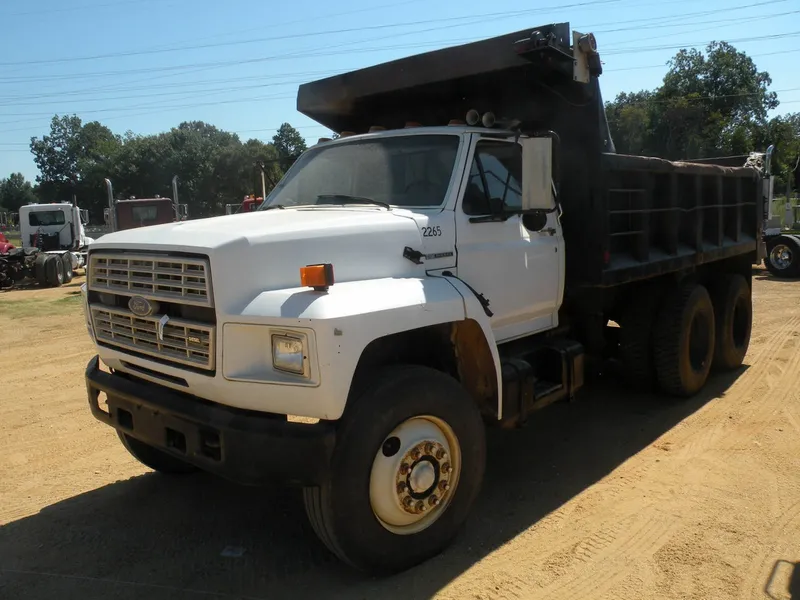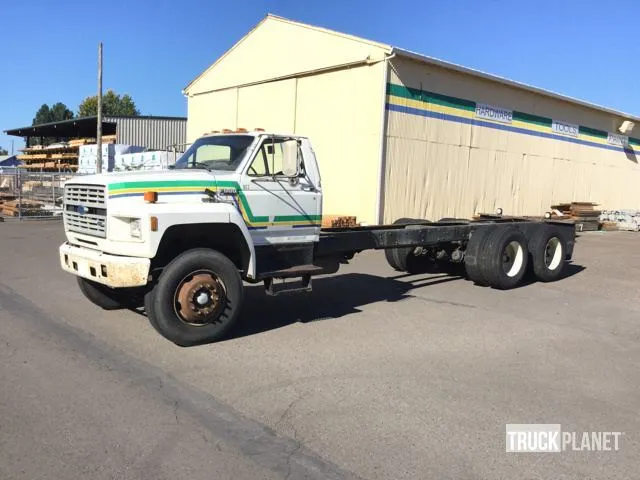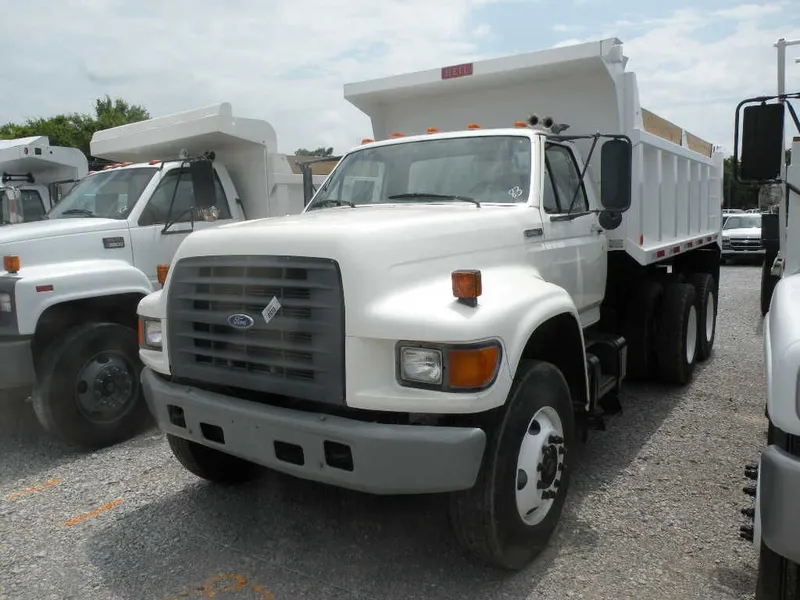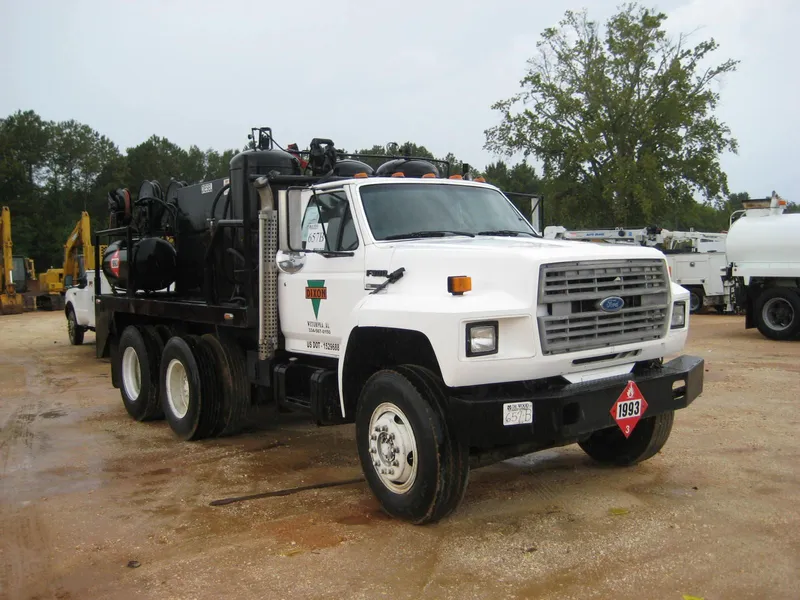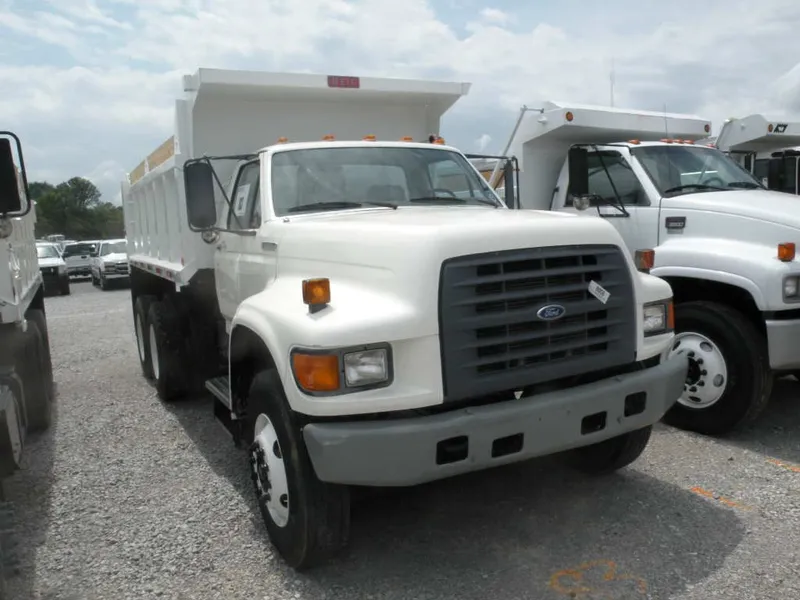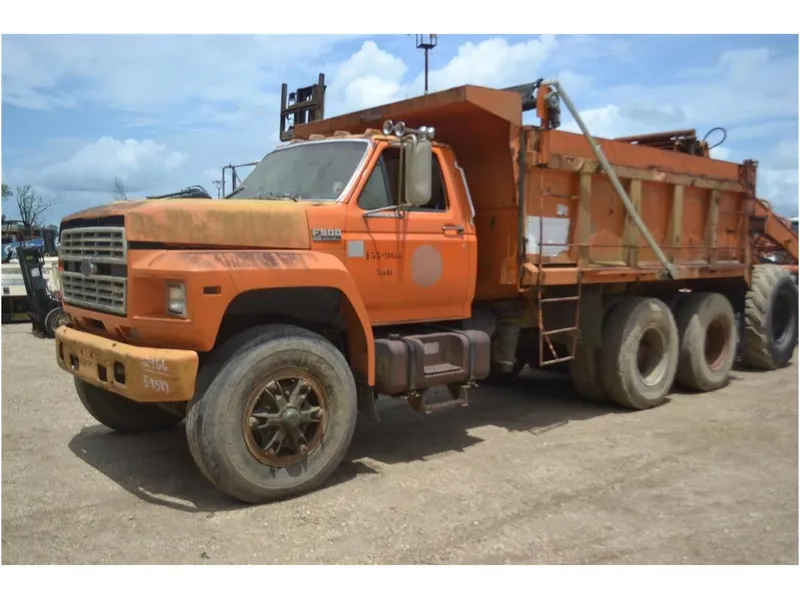
The 1956 Ford F900 marked an important year for Ford trucks, representing advancements and changes within the lineup:
Model Significance: The Ford F900 was part of Ford’s heavy-duty truck series and was introduced in 1956. It was designed to cater to commercial and heavy-duty hauling needs, offering higher load capacities and towing capabilities compared to standard models.
First-Year Changes: In 1956, the F-Series trucks received significant styling updates and mechanical improvements. This might have included revised body styling, grille designs, and interior enhancements, aligning with Ford’s design language of that era.
Advanced Features: The F900 might have featured advanced technologies or specifications for its time, catering specifically to the heavy-duty truck market. These could include larger and more powerful engine options, reinforced chassis, improved suspension, and larger load capacities.
Commercial Applications: Trucks like the F900 were commonly used in commercial settings, such as for heavy hauling, industrial purposes, and construction. They were favored for their durability, reliability, and robustness in handling demanding tasks.
Legacy: The 1956 Ford F900, being a part of the Ford F-Series lineage, contributed to the legacy of the F-Series trucks’ reputation for durability, reliability, and versatility. It continued Ford’s tradition of offering trucks that could meet the diverse needs of various industries and businesses.
The specific details and features of the 1956 Ford F900 might vary based on its configuration, engine options, and the specific use it was intended for. However, its introduction represented Ford’s commitment to providing heavy-duty trucks tailored for commercial and industrial applications during that period.

